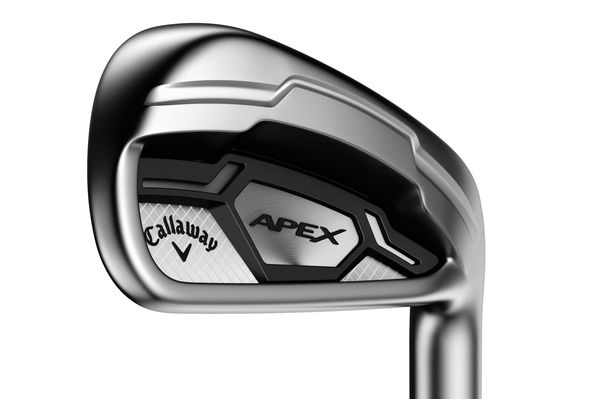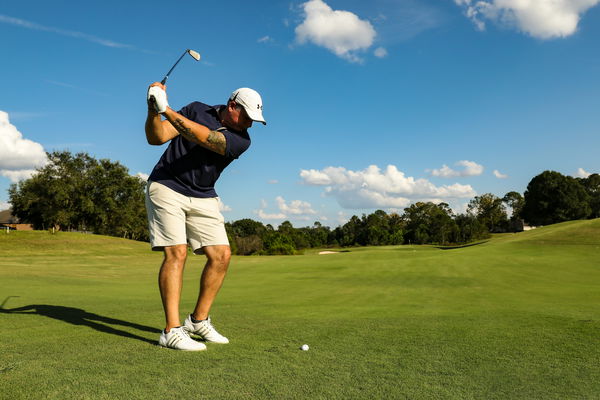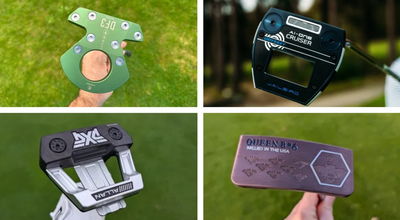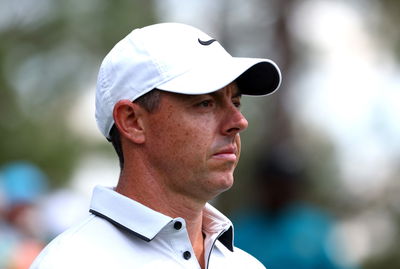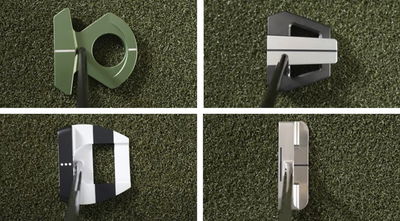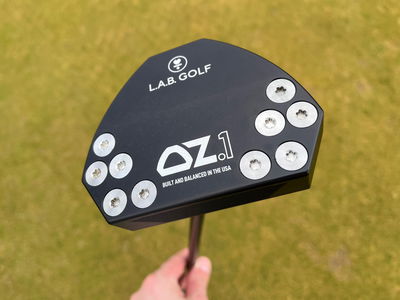Callaway Apex CF 16 & Apex Pro irons, Apex Hybrid: Q&A
Callaway's woods and irons boss Luke Williams sheds light on the new better player range
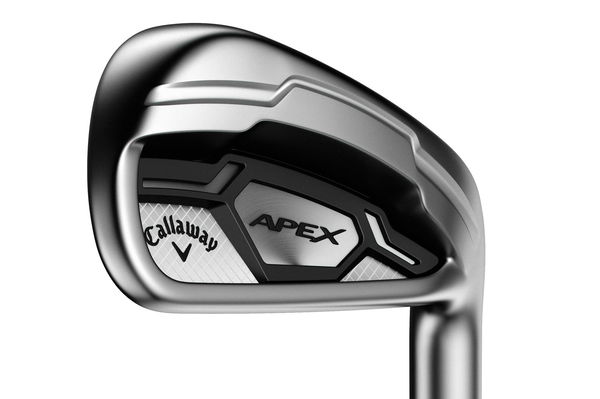
Are we looking at the development of the existing Apex irons or is this family totally new?
It’s a bit of both. The big news is that we have brought our game-changing Face Cup Technology to the Apex CF 16 irons. Although we’ve had success introducing it to other Callaway irons already, inserting Face Cup in a forging presented significant challenges.
So, while the CF 16 has taken huge leaps, technologically, with the Pro 16, it’s more about refinement of the formula we used in the original.
First Look: Callaway Apex CF 16 and Apex Pro
How important was it to introduce Face Cup Technology to the Apex CF 16 irons?
It’s a technology that has resonated with golfers all over the world and Callaway has had a great deal of success with Face Cup Technology over the last two years since initially introducing it to our fairway woods.
With such widespread recognition and acceptance of the technology’s performance, it seemed logical to do that with Apex, but putting a Face Cup in a forged iron presented some unique challenges we hadn’t dealt with before.
Why haven’t you used Face Cup Technology in the Apex Pro 16 irons?
We’re not trying to max out distance with this set. We know these irons are played by better golfers who typically know their yardages; if they hit their seven iron 170 yards then that’s how far they want to hit it, they’re not trying to hit it as far as they can.
These golfers typically generate higher head speeds, and are able to generate this on their own without the need for a Face Cup, so we went with a single-piece forging to optimise the feel – feel is very important for this type of player so we want to make sure we’re not making any compromises there.
Why are the lofts stronger in the Apex CF 16 than in the Apex Pro 16?
With the CF 16 we are trying to make a longer iron – the lofts are the same as the current Apex irons, but one of the things we’ve learned about Face Cup Technology is that in addition to generating higher ball speeds that help the ball travel even farther, which is what golfers expect, it also increases launch angle because of the flexibility of the face.
So, we see about one and half to two degrees higher launch angle from the Face Cup on Apex CF 16, so if we were to have the same lofts as the Pro, they would launch significantly higher than we’d like them to with this kind of iron.
What are the biggest changes to the Apex Pro 16?
We took the best attributes of the existing Apex Pro and looked at other irons in our line that have been successful, and particularly those put in play by our staff professionals. For example, Tour pros really like the turf interaction from the X Forged 13 Irons so we took inspiration from that and it has influenced some of the shaping in the Apex Pro 16.
What’s the story behind Flow Weighting?
The better players and Tour pros putting the Apex Pro 16 irons in play can be sensitive to the look and feel of the club head; Flow Weighting enables us to move CG without compromising the classic look and style demanded by this type of golfer.
How does Flow Weighting work?
Inspired by Callaway’s new Mack Daddy 3 wedges, there are three weight ports in the back of the club, behind the badge saying ‘forged’. In the long irons, we used two tungsten weights in these to lower CG and make it easier for golfers to get the ball in the air.
Moving up to the mid-irons, the tungsten is replaced with steel and the most lofted irons have all three slots left hollow.
The theory is that with the long irons we want CG as low as possible, gradually moving up the club face into the shorter irons, so it becomes easier to control trajectory and ball flight.
Flow Weighting enables us to do this without compromising the shape of the club or the enhanced playability and forgiveness that golfers have come to expect from the Apex line.
So that’s really the big tech story on the Apex Pro 16. It’s a much more refined CG progression through the set. It’s a much cleaner progression, which is better for better players.
With the Apex Pro 16 aimed at better golfers and tour professionals, where do you see the Apex CF 16 in the market?
It’s an iron that works for a few different types of players – it works well with golfers that used to play forged irons but moved away from them because they wanted some of the forgiveness and added distance traditionally associated with game improvement irons.
Some golfers who’ve never been able to play a forged iron because they haven’t felt they were good enough, now there’s an iron that gives them the distance and forgiveness that they needed but with the aspirational aspect of a forged iron and it works for golfers who are evolving and getting better with their game.
The sweet spot for this iron is probably a five to 15 handicap. There will be some a little higher than that who like the look and want to play it, and there’ll be some scratch players who take the extra forgiveness and distance they can get but that’s probably the sweet spot.
Why align a Hybrid to what is essentially a premium better-players iron?
Contrary to the philosophy that hybrids are aligned with fairway woods and drivers, we align hybrids with our irons, so with the evolution of our product landscape, we felt the Apex line needed a hybrid.
Some golfers prefer them to their harder-to-hit long irons and at the point where they start to struggle we wanted a logical hybrid solution for the Apex player.
First Look: Callaway Apex Hybrid
How does the Apex Hybrid differ from other Callaway hybrids?
As an extension to both the CF and Pro Irons, the Apex Hybrids have a tour-inspired look and feel to benefit the better player. With a compact head shape, the club face is longer than most hybrids, making it look more like an iron at address, which is preferred by tour professionals and features Face Cup Technology, increasing ball speed and optimising distance.
We’ve taken a lot of feedback from our staff professionals who want to be able to use this hybrid for reaching par-fives in two, or for approaches on long par fours and par threes. So, we’ve lowered the CG to help generate spin and stopping power on the green. You can expect to see these a lot on tour.
